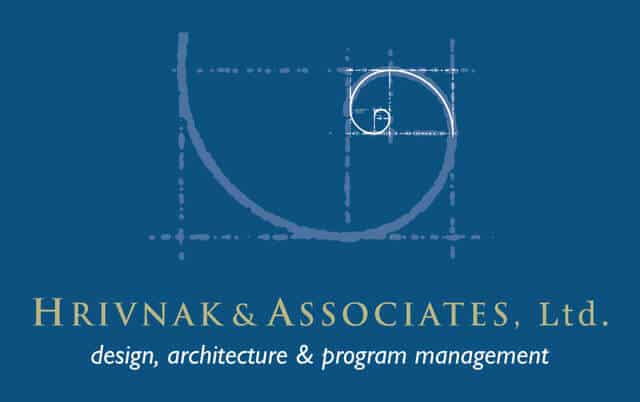Even though adults can spend a lot of time trying to teach a 2-year-old something, there’s such a thing as the lesson of the 2-year-old that’s of the great value ... if we’ll only listen. That’s because he or she will never give up asking why. It turns out that sometimes the answer isn’t found in the first why. Luckily, or more likely because we tend to have collaborative relationships, when I ask why in architecture, my clients don’t just say “because I said so.”
Sometimes the original answers don’t fit the diagnosis. For example, one couple described to me a 4-bedroom house. When I asked why, the answer had to do with having enough space for the once- or twice-a-year when all the grandkids stay over. Well, that means those additional rooms they are spending money to build, heat and cool, will stand empty most of the time. I said, “What if you develop a dorm?” The kids can all stay in one room and have a lot more fun; when they get older, we can put up a wall. Eventually, you can develop an alternate use for the room.
People will come to me with piles of magazine images (and that’s a good thing) that don’t resemble each other. When I ask them why they like these images, it usually goes deeper than polka dot or plaid. One common denominator we uncovered recently – all the images had lots of light. Yet it wasn’t immediately apparent that this was the reason and a different couple would probably have had a different reason. It’s the final why that reveals it.
A final example, a little more personal: Often the answer to the why is something that gets to the heart and that’s why I approach every project with heart; otherwise, something will be missing. This may just be me, but the peanut butter and jelly sandwich my mom made was the best ever not because of the bread or the peanut butter or the jelly, but because she made it with love.
How do we put our heart into what we do? It’s more than lines on paper; it’s a heartfelt desire to help the other person. On the outside, it’s still a drawing. That sandwich is still a sandwich. As it’s said, before enlightenment, you chop wood and carry water. After enlightenment, you chop wood and carry water. But now it’s with the whole self. That includes asking why in architecture, with the burning curiosity that won’t rest. That brings us back to the lessons of the 2-year-old because, at that age, nothing is done by halves.